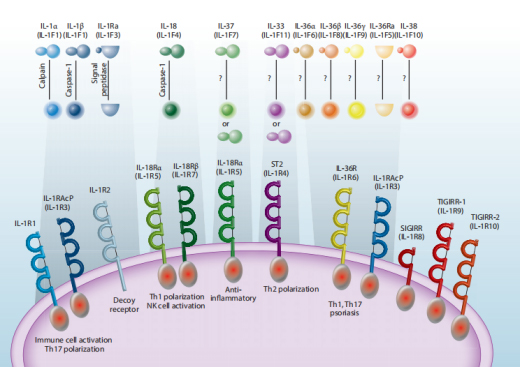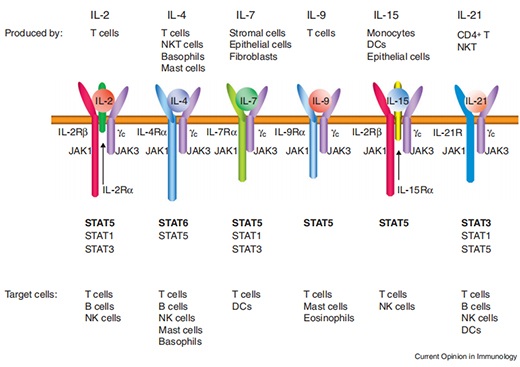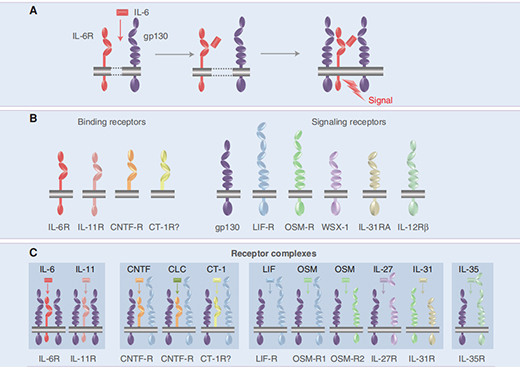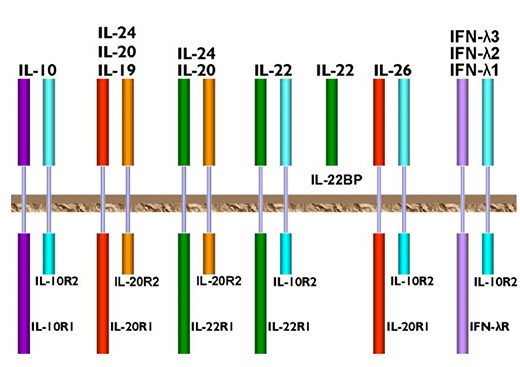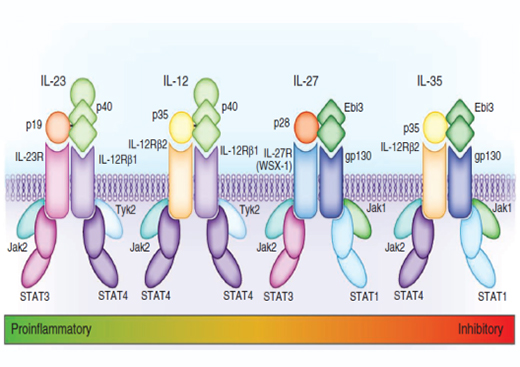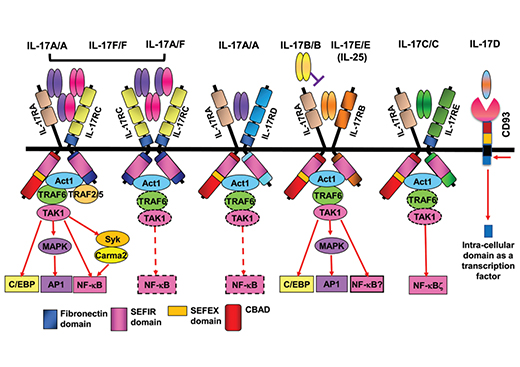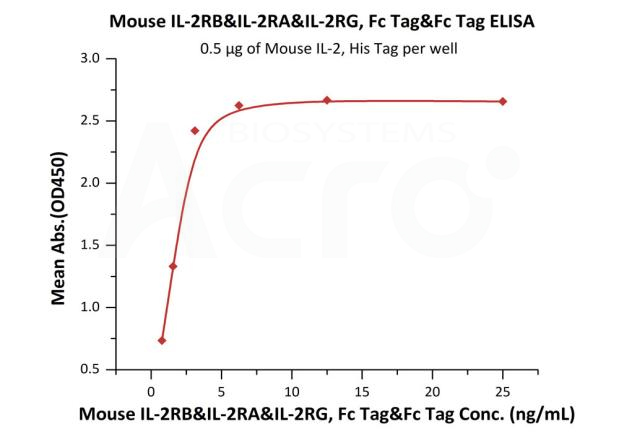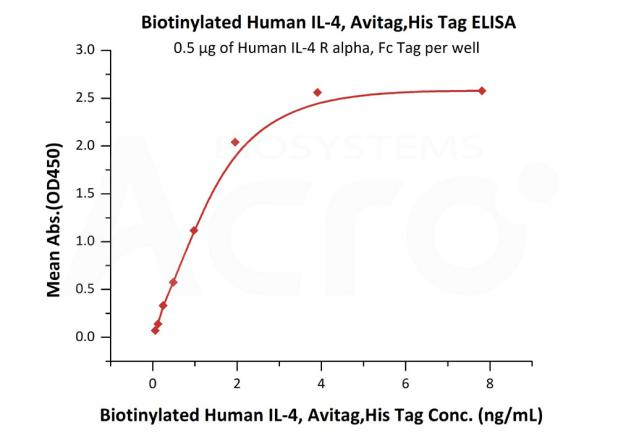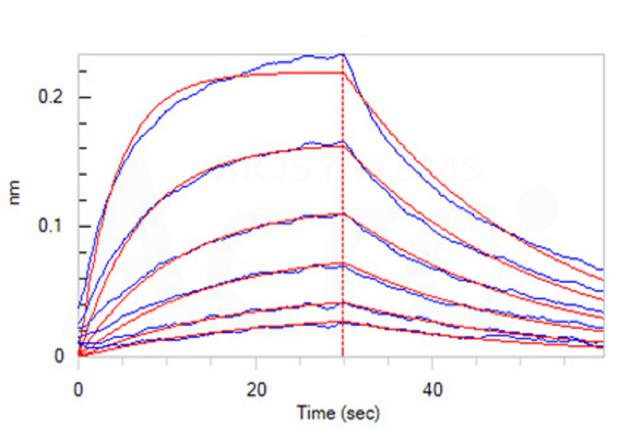
Leave message
Can’t find what you’re looking for?
Fill out this form to inquire about our custom protein services!
Inquire about our Custom Services >>


































 Limited Edition Golden Llama is here! Check out how you can get one.
Limited Edition Golden Llama is here! Check out how you can get one.  Limited Edition Golden Llama is here! Check out how you can get one.
Limited Edition Golden Llama is here! Check out how you can get one.
 Offering SPR-BLI Services - Proteins provided for free!
Offering SPR-BLI Services - Proteins provided for free!  Get your ComboX free sample to test now!
Get your ComboX free sample to test now!
 Time Limited Offer: Welcome Gift for New Customers !
Time Limited Offer: Welcome Gift for New Customers !  Shipping Price Reduction for EU Regions
Shipping Price Reduction for EU Regions
> Familles de protéines d'interleukine

"Interleukines" (IL) est un terme qui décrit un groupe de molécules sécrétées par les leucocytes et qui agissent sur une variété de cellules. En général, les IL sont classées parmi les cytokines, mais elles font également partie de la famille des lymphokines. Les IL ont diverses fonctions biologiques ; elles participent non seulement à la régulation de la réponse immunitaire en favorisant la transmission d'informations, l'activation et la régulation des cellules immunitaires, mais elles sont aussi largement impliquées dans la régulation des processus physiologiques et pathologiques de l'organisme tels que les maladies auto-immunes, inflammatoires et tumorales. Sur la base de l'homologie structurelle des cytokines, les interleukines sont divisées en plusieurs familles de protéines, telles que les familles IL-1, IL-2, IL-6, IL-10, IL-12 et IL-17.
Il convient de noter que la famille des interleukines est devenue une cible importante pour les médicaments, dont beaucoup sont déjà sur le marché et occupent même une part importante du marché des médicaments pour des maladies similaires.


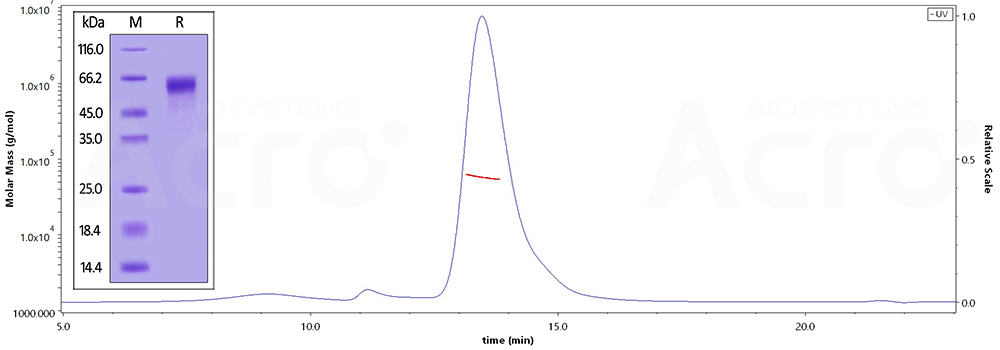
Biotinylated Human IL-1 RAcP, His,Avitag (Cat. No. ILP-H82E5) on SDS-PAGE under reducing (R) condition. The purity of the protein is greater than 90%. As verified by SEC-MALS, the purity is more than 90% and the molecular weight of this protein is around 50-68 kDa.
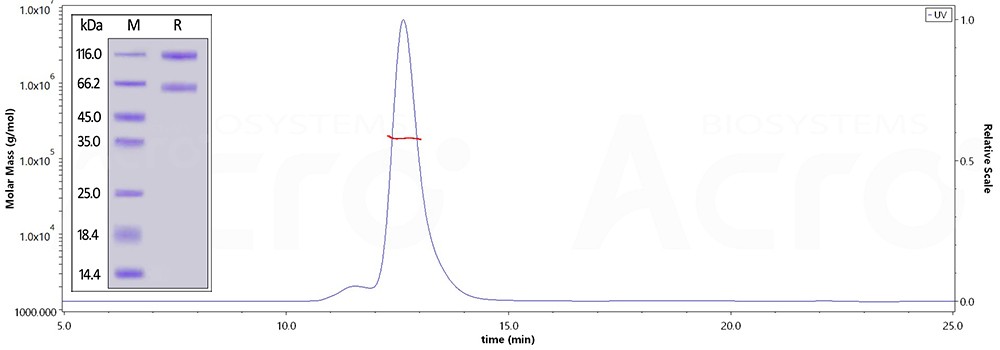
Human IL-2RB&IL-2RA&IL-2RG, Fc Tag&Fc Tag (Cat. No. ILG-H5257) on SDS-PAGE under reducing (R) condition. The purity of the protein is greater than 95%. As verified by SEC-MALS, the purity is more than 90% and the molecular weight of this protein is around 160-190 kDa.
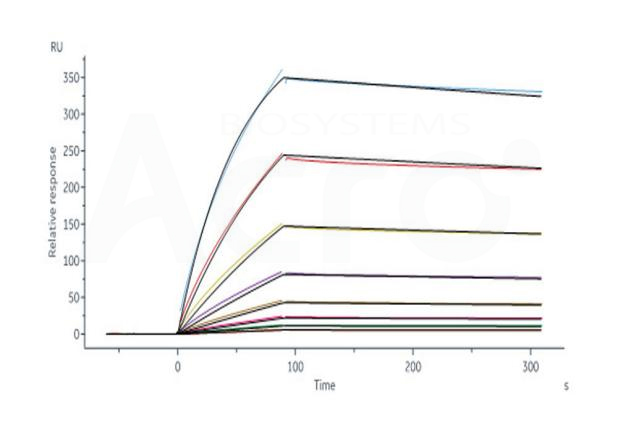
Human IL-31, His Tag (Cat. No. IL1-H5247) capture on NTA-Series S sensor chip can bind Human IL-31 RA, Fc Tag (Cat. No. ILA-H5256) with an affinity constant of 37.1 nM as determined in a SPR assay (Biacore 8K) (Routinely tested).
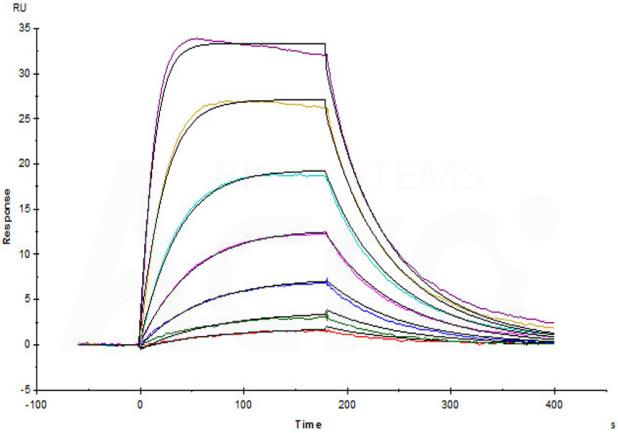
Human IL-13 R alpha 1 Protein, His Tag (Cat. No. IL1-H5224) captured on CM5 chip via anti-His antibody can bind Human IL-13 with an affinity constant of 16 nM as determined in a SPR assay (Biacore T200) (QC tested).
This web search service is supported by Google Inc.












